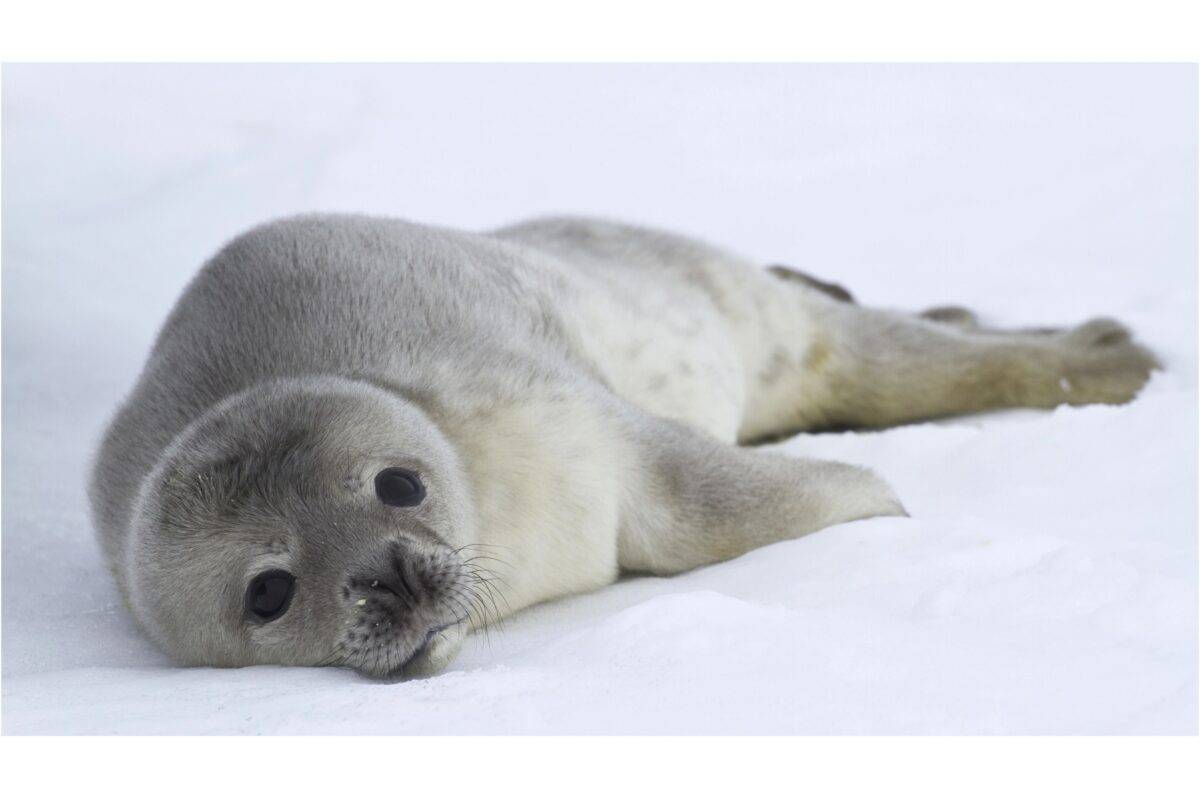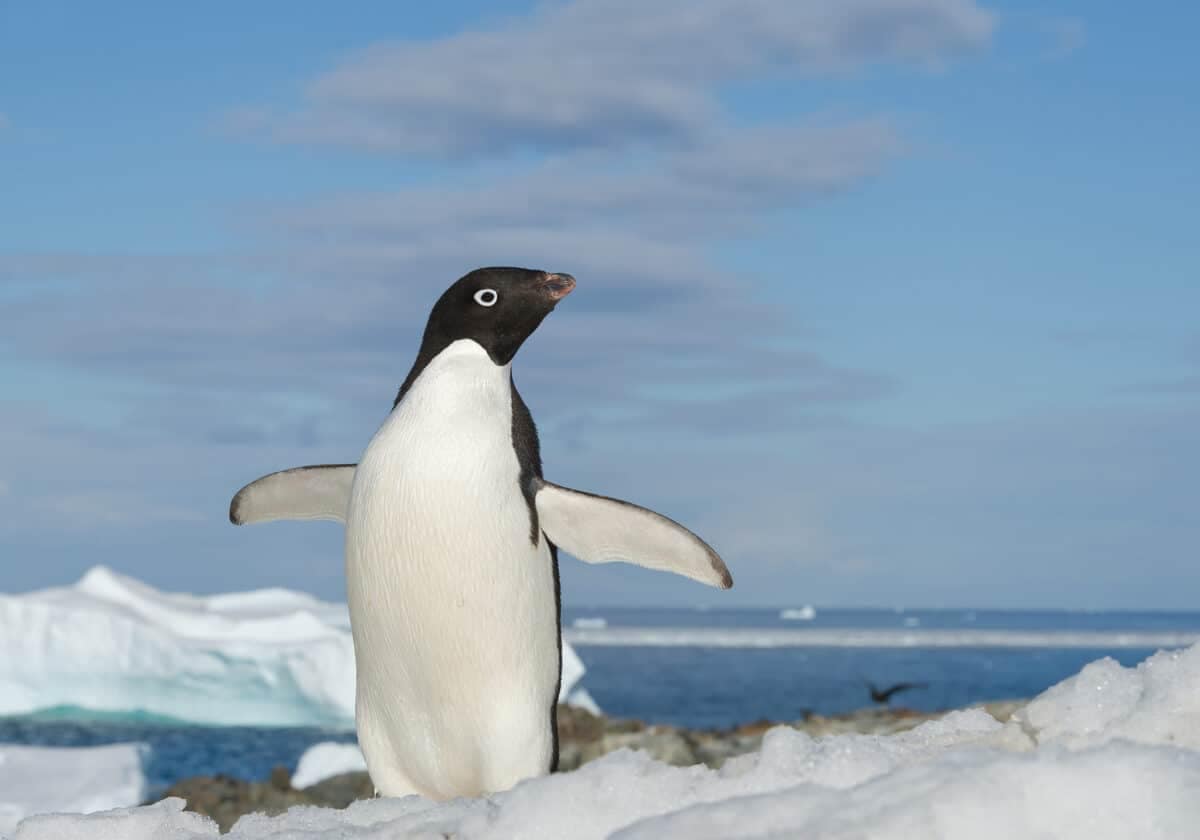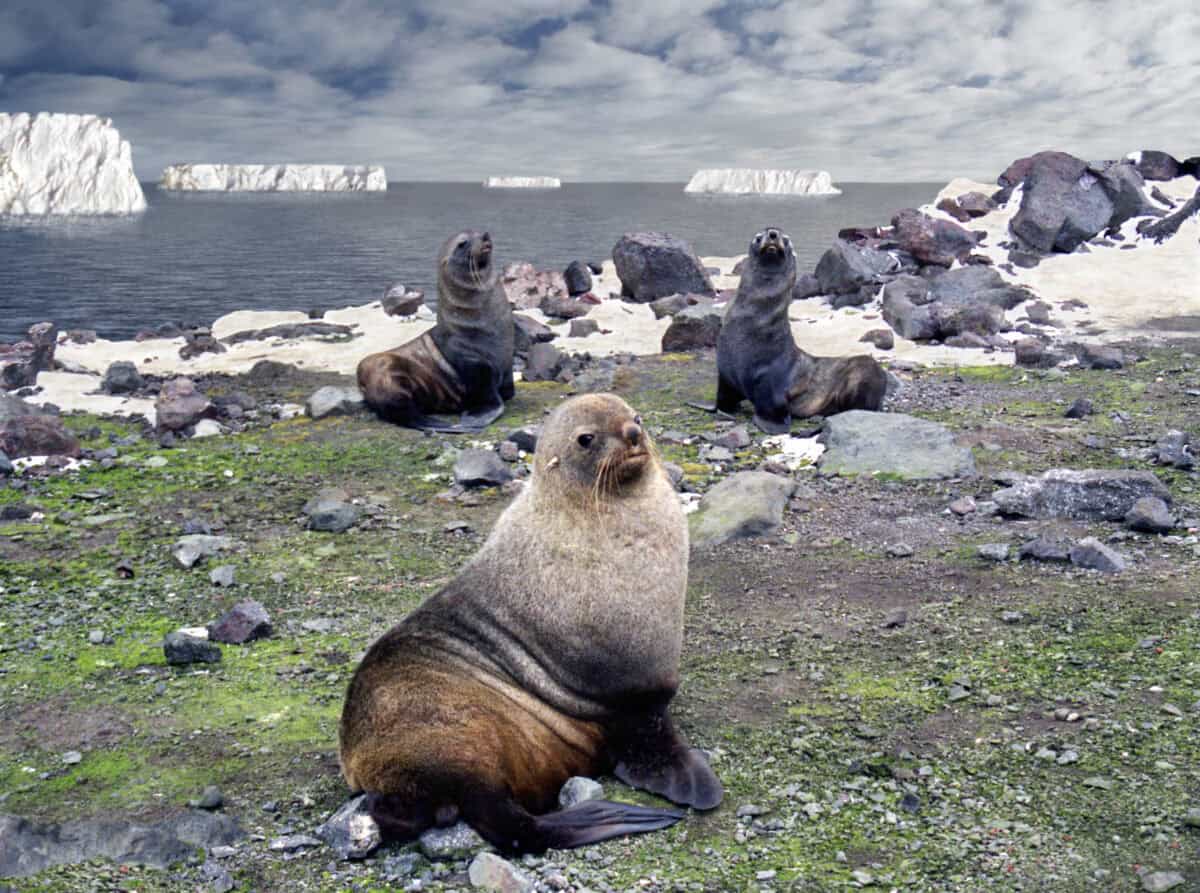Antarctica, the coldest, windiest, and driest continent on Earth, may seem inhospitable, but it is home to a mesmerizing array of wildlife. Despite its harsh climate, the icy continent and surrounding waters are bustling with unique species that have adapted remarkably to the extreme conditions. This article delves into Antarctica’s top 10 animals and wildlife, showcasing the incredible biodiversity found at the ends of the Earth.
1. Emperor Penguin

Known for their regal stature, Emperor Penguins are the largest of all penguin species. They can grow up to 48 inches tall and weigh as much as 88 pounds. These iconic birds are remarkable not only for their size but also for their incredible breeding behavior. During the brutal Antarctic winter, when temperatures drop to as low as -58°F (-50°C), Emperor Penguins endure a long march inland to breed. They rely on their communal huddling behavior, where they take turns standing on the outside of the group, to conserve warmth.
2. Weddell Seal

Weddell Seals are an adaptable and widespread species that inhabit the icy Antarctic waters. They are known for their diving capabilities, reaching depths of up to 2,000 feet and holding their breath for over 70 minutes. These seals maintain breathing holes in the ice using their teeth, which can be seen as worn down in older individuals. Their blubbery bodies provide insulation against the freezing temperatures, and their underwater vocalizations are vital for communication beneath the sea ice.
3. Antarctic Krill

Although small in size, Antarctic Krill are a keystone species in the Southern Ocean ecosystem. These shrimp-like crustaceans are the primary food source for many animals, including whales, seals, penguins, and fish. Krill swarms can be dense, sometimes reaching densities of 30,000 individuals per cubic meter of water. Their massive biomass and abundance make them a crucial component of the Antarctic food web.
4. Leopard Seal

With a reputation as one of Antarctica’s top predators, the Leopard Seal is a formidable hunter. Named for its distinct spotty coat, it preys on a variety of species, including penguins and other seals. These agile swimmers use their powerful jaws and long canine teeth to catch and hold onto their prey. Leopard Seals are solitary animals, and their haunting calls contribute to the eerie soundscape of the icy waters.
5. Adélie Penguin

Adélie Penguins are one of the most common and widely studied species of penguins in Antarctica. These small, robust birds are characterized by their distinctive white eye-ring and thrive in the coastal areas during the summer breeding season. Adélies are highly social and display playful behavior both in and out of the water. They feed predominantly on krill and are known for their incredible swimming speed and agility.
6. Snow Petrel

The Snow Petrel is one of only three bird species that reside year-round in Antarctica. This small, pure white bird navigates the treacherous conditions of the continent, nesting on steep cliffs and feeding on krill and fish in the open ocean. The Snow Petrel is a symbol of the Antarctic, with its striking appearance contrasting against the stark ice and snow.
7. Orca (Killer Whale)

As one of the top predators in the Antarctic marine ecosystem, Orcas, or Killer Whales, are recognizable by their black and white coloring. These intelligent mammals are faced with diverse prey, including seals, fish, and even other whales. Orcas are known for their cooperative hunting strategies and complex social structures, often working in pods to encircle and catch their prey.
8. Antarctic Fur Seal

Antarctic Fur Seals are predominantly found on sub-Antarctic islands but occasionally venture to the continent’s beaches. These agile swimmers have a thick layer of fur that offers insulation, allowing them to withstand the cold. Males are significantly larger than females and are known for their territorial breeding behavior, where they fiercely guard their harems during the mating season.
9. Antarctic Silverfish

The Antarctic Silverfish is a small, pelagic fish found in the icy waters of the Southern Ocean. While their contribution to the food web is significant, serving as food for penguins, seals, and whales, Silverfish populations have been declining, raising concerns about the health of the Antarctic ecosystem.
10. Chinstrap Penguin

Chinstrap Penguins are named for the thin black line beneath their heads, resembling a helmet strap. These energetic penguins are known for their noisy colonies and aggressive defensive behaviors, especially during the breeding season. They favor rocky, ice-free areas for nesting and primarily feed on Antarctic krill and small fish.
Conclusion: Guardians of the Ice

The wildlife of Antarctica is a testament to life’s resilience in the face of extreme adversity. Each of these species has evolved unique adaptations to survive and thrive in one of the most challenging environments on Earth. They play crucial roles in the Antarctic ecosystem, highlighting the importance of conservation efforts to protect this fragile wilderness from the threats of climate change and human activity.
- 10 Animals That Use Bizarre Survival Tactics - August 9, 2025
- The Most Beautiful Bird Migration Routes Across the US - August 9, 2025
- 14 Dog Breeds That Love to Cuddle - August 9, 2025

